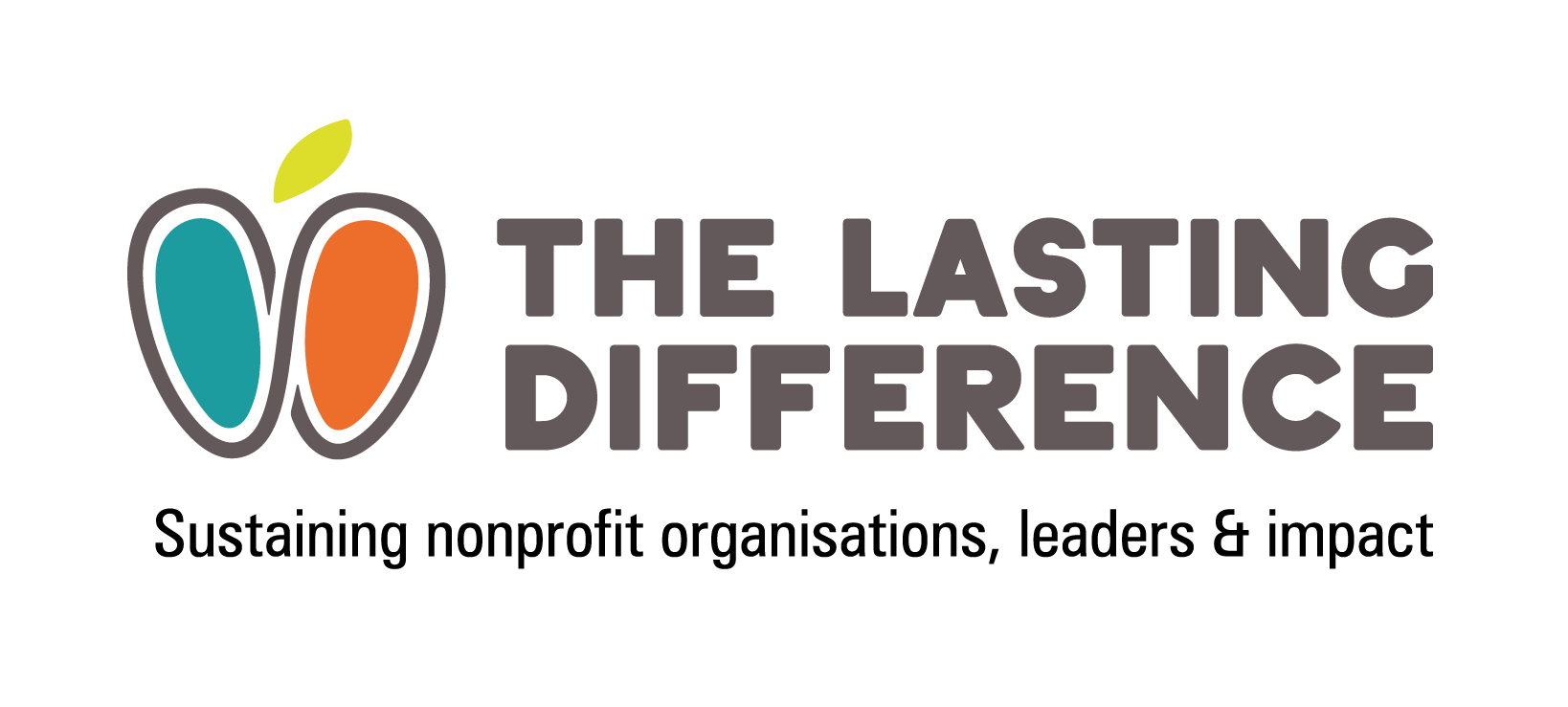In our last blog I explored the importance of innovation and its role in developing a sustainable culture. Once innovative ideas have been generated the next stage is to narrow them down and select the best option. Moving from the phase of divergent thinking to convergence can prove to be a bigger challenge than getting the ideas in the first place.
Fortunately there are some tried and tested approaches to ease the process. We have a number of examples on our website www.thelastingdifference.com which other organisations have kindly shared with us. Each approach shows a way of making an objective decision based on the information to hand. Using a template such as these provides a record of the decision making process used to accept or reject an idea or proposal and will also support organisational learning.
Carr Gomm uses a risk assessment matrix to explore the feasibility of development opportunities. The risks are divided into ‘Strategic’, ‘Contractual’ and ‘Operational’, with risks categorised from ‘High’ to ‘None’. The template helpfully allows space for potential mitigating factors to be considered. It also ensures that the names of all those who have contributed to the process are noted with a clear record of the final decision made.
The next approach, shared by Grampian Opportunities, contains helpful criteria for appraising new ideas against existing resources and priorities. It takes as its starting point the project aims and outcomes. It then scores against how well the proposal meets organisational values and whether resources are in place, as well as organisational planning and culture. A SWOT analysis and risk assessment also form part of this process.
Deanna Wolf at Money Tree Fundraising uses a project planning tool which helps to assess the sustainability of a project at the funding application stage. A clear process also raises some key questions such as the level of urgency and the impact of doing it, but also the impact of NOT doing it. A central question here is ‘Why are we best placed to deliver it?’ It’s a fundamental question that can be overlooked not just for projects, but also for the whole of service delivery.
All the examples above are available on www.thelastingdifference.com, under the Innovation and Improvement page. Thanks again to the organisations which have kindly shared their ideas.
